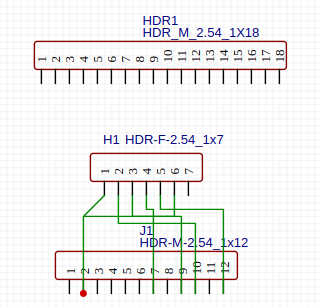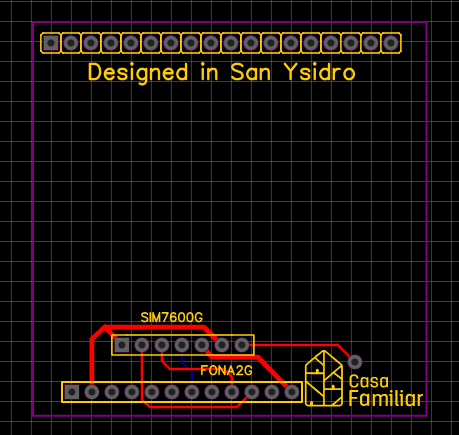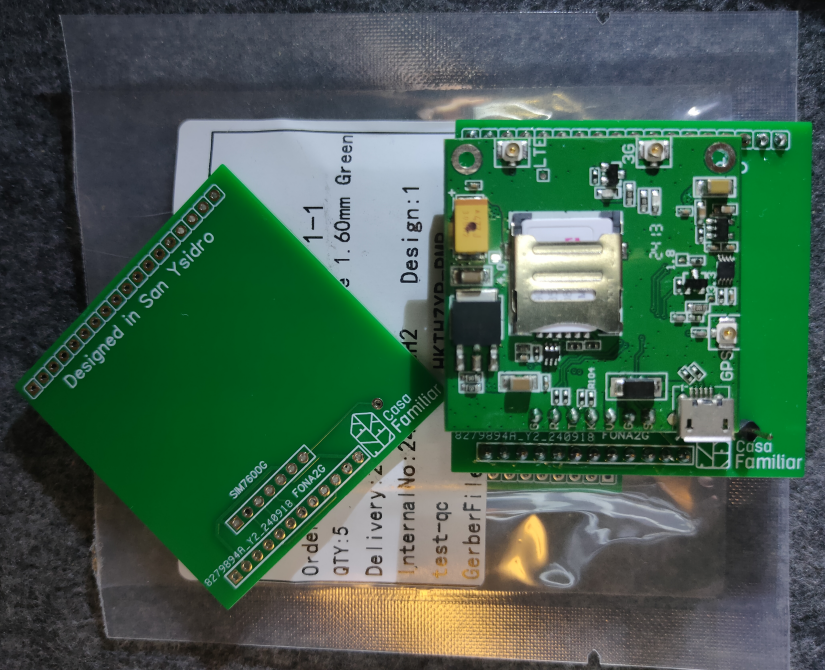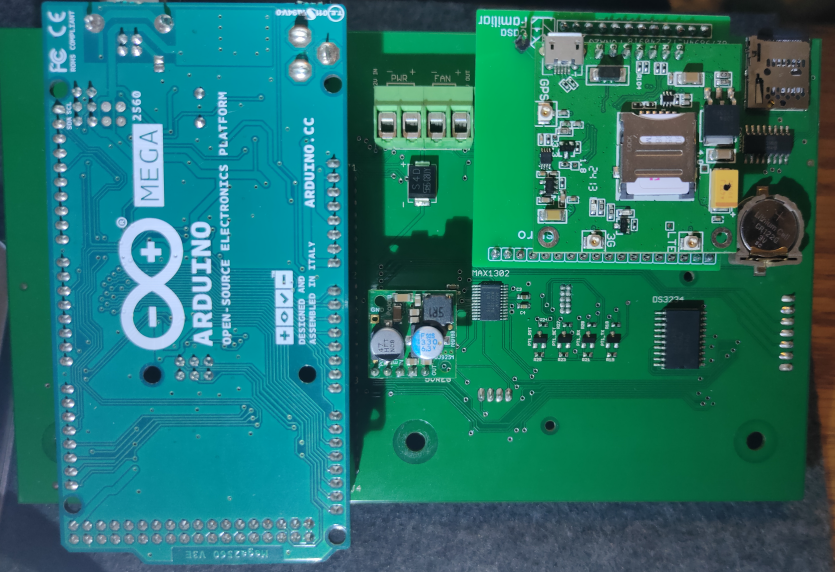The original radio stopped working as Tmobile shut down it's 2G network in our area. We needed to find a replacement so that the monitors could begin reporting data again. Since the original one was from SimCom I looked for a newer model that supported 4G communications.
After some searching I found the SimCom sim7600G. It also used serial communications and ran at the same voltages as the original radio. I found a good candidate board on Aliexpress from AndGlobal for about $35. I ordered one to test it.
https://www.aliexpress.us/item/2255800037729440.html
The new radio wasn't pin compatible, so In order to connect it to the main board, I had to make a simple adapter board. I chose to use EasyEDA and JLCPCB because of the ease of use and easy ordering. I just needed to cross a few wires so that it would work with the FONA pin out. In less that an hour I was able to add the headers and order the board.


The new radio arrived in 8 days. The circuit boards arrived in about 12 days. I quickly soldered on the headers to do a test fit on the main board. The fit was tight and off by a fraction of a millimeter, since I had to roughly measure the distance on the main board, but it worked.

I was able to send test AT commands from the Arduino to the new radio. The original sim card worked and I was able to send a text message over the network. I had to provide power to the 12v connector to power the on board logic level converter.

Discussions
Become a Hackaday.io Member
Create an account to leave a comment. Already have an account? Log In.
While they are different radio models, the newer radio still supports the same serial communication speeds and has similar power requirements. So from the hardware perspective, there pin out is the only thing to worry about. The AT command differences will just require a detailed review of the code, to make sure equivalent commands are supported.
Are you sure? yes | no
Given the AT command changes and the transition from the SIM800 to the SIM7600, how are you planning to manage compatibility between the new radio module and the existing hardware setup? Are there specific challenges you're anticipating with power requirements, signal handling, or physical integration alongside the rewritten firmware?
Are you sure? yes | no